New Yorker Spotlight: 100 GATES’s Natalie Raben on Beautifying the Dreary Metal Gates of the LES
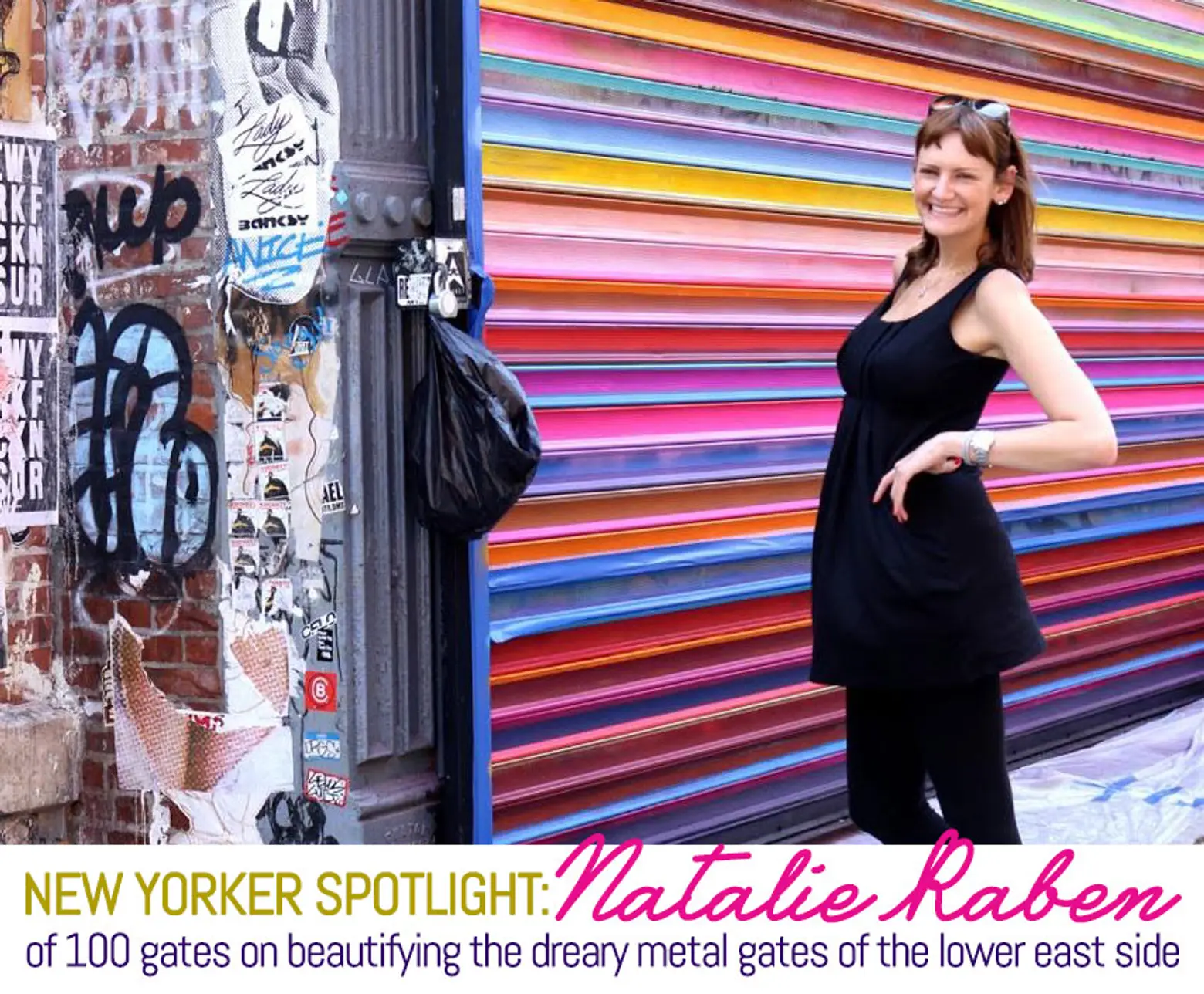
Natalie Raben spends her days thinking about closing time, specifically the gates businesses roll down when they lock up for the night. For Natalie, these metal gates represent blank canvases waiting to tell stories. And over the last several months, she has been focusing on turning them into works of art as she oversees and manages the 100 GATES Project.
Natalie spends much of her time connecting interested businesses with artists to support a collaboration that creates a sense of community each evening. With a mixture of well-known artists like Buff Monster and up-and-comers making their debut, these once-bland metallic gates are livening up the area, engaging residents visually as well as inspiring conversations around the works themselves. So far over 40 gates have been completed and more will be finished later this month.
We recently spoke with Natalie to learn more about this unique project and how the neighborhood is responding to it.
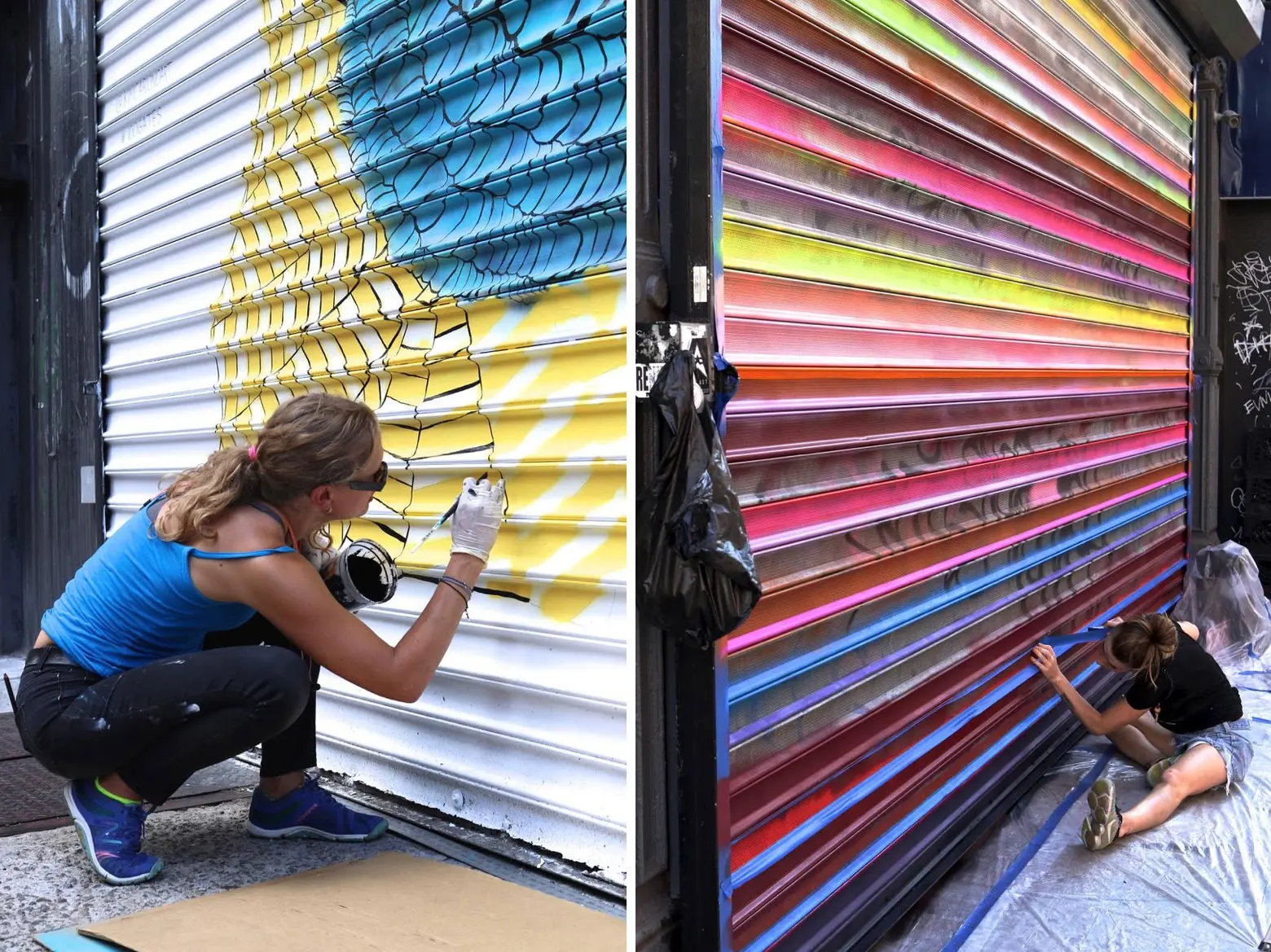
Why do the Lower East Side and street art go hand-in-hand?
The Lower East Side has always been considered a center of creativity in a way that has really evolved with the times. It’s always taking on a different twist. Since the New Museum opened, creativity has obviously been at the forefront. Having the museum as our anchor in the neighborhood was a big draw for galleries, and so lots of independent, contemporary art galleries have opened up here to the point where we have give or take 120 now. I think the nature of the neighborhood is very accepting and embracing of the street art.
What inspired the 100 GATES Project?
The Lower East Side Business Improvement District (where she is also the Director of Marketing and Communications) is responsible for economic development in the neighborhood. We have come up with creative events and projects to help bring people to the neighborhood. I was working on a public art project last summer called “Modern Tapestry.” It was an 1,800 square foot asphalt art mural. Lots of people would stop by and I met Billy Rohan, and he had come up with the idea for 100 GATES. He and his girlfriend—who is a very talented artist—were going door to door trying to encourage businesses to sign on board to get their gates painted.
The main hurdle that they encountered was having the businesses put forth the capital to pay for this. They came to us and because of the nature of our organization; we have access to different channels of funding. I wanted to make this happen. I thought it was a brilliant concept and project.
 Pho Vietnam @ 87 Chrystie Street. Artwork by Antonio Chiu
Pho Vietnam @ 87 Chrystie Street. Artwork by Antonio Chiu
How did the project find funding?
We included the idea for 100 GATES in a grant proposal for the Neighborhood Challenge, which is about 80 neighborhoods going up against each other to come up with economic development projects that would lead to job creation and neighborhood beautification. We were one of the projects awarded to receive funding, and then at that point the Lower East Side Business Improvement District took the reigns over and have been solely responsible for organizing and executing the program.
Why does the Lower East Side still have so many roll down gates?
I don’t have necessarily the complete answer, but I can cobble together the fact that it’s tenement style buildings, smaller commercial spaces, not a ton of chain stores, and the fact that there are still lots of multigenerational family owned stores.
(Her colleague added that rules on gates have changed. New gates must have a certain percentage that is see-through, and so many of the gates on the Lower East Side have not yet been replaced.)
What makes these gates the perfect canvas for artists?
They’re huge and space is limited in New York City so we got to take what we can get.
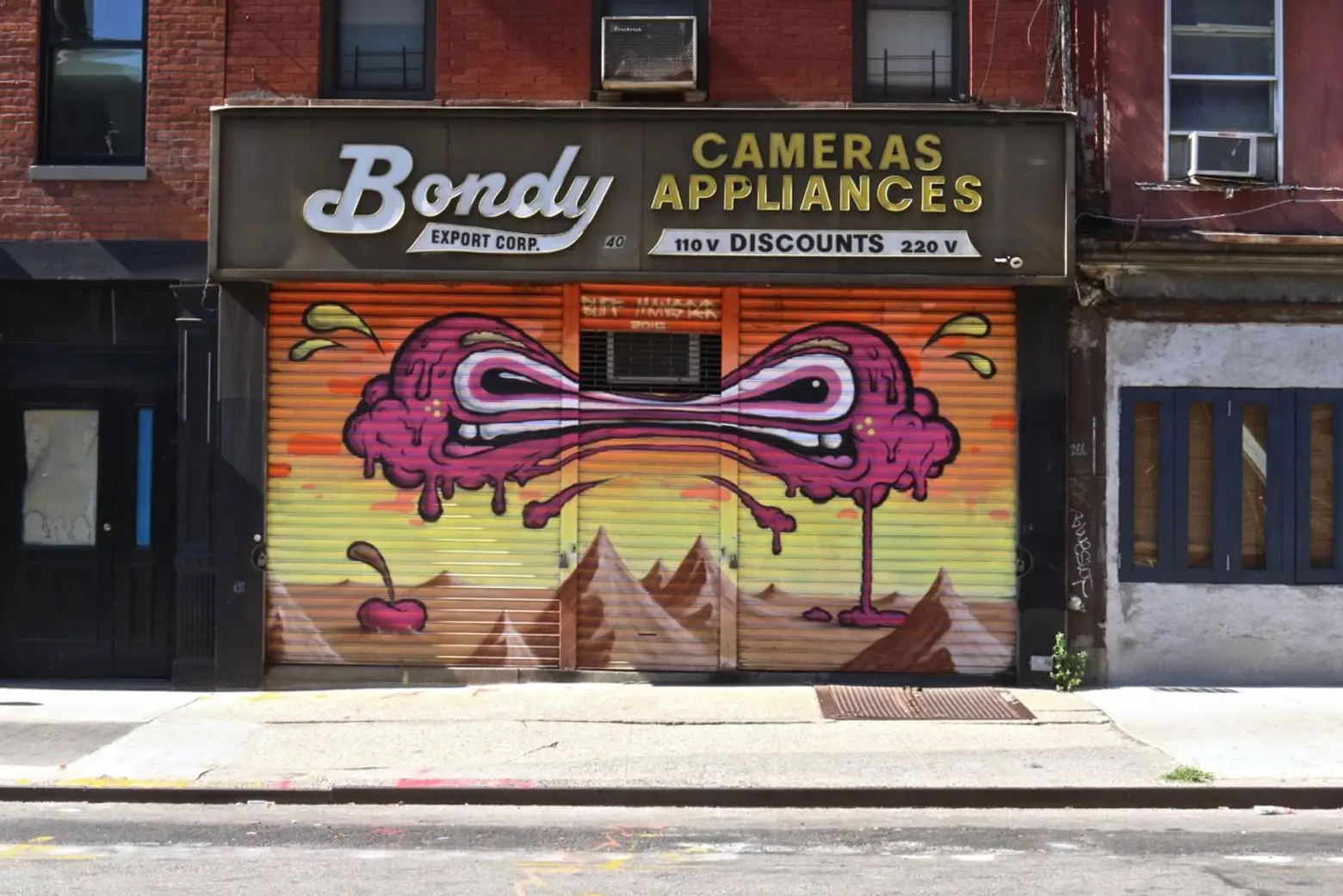 Bondy Export Corp @ 40 Canal Street. Artwork by Buff Monster
Bondy Export Corp @ 40 Canal Street. Artwork by Buff Monster
How does the project find artists?
We put out an open call in February/March and carried it to April. We just spread the word through social media. The New Museum helped get the word out. We had a couple of bits from press. I got interest from artists like Shantell Martin, Buff Monster, Hektad and these big names in street art, contemporary art and illustration world. It just spread organically.
We wanted to really foster a nice composite of artists across a broad swath of style as well as visibility. There is a collective in the neighborhood called Con Artist that was a big supporter of the project so tons of the people that belong to the collective applied. That’s perfect because having connections to the neighborhood is something we wanted to do. For several of the artists it was right in their backyard. They would be out installing and say, “I need to go grab something from my studio,” and they would run around the corner and come back.
How many and what type of businesses have signed on to have their gates done?
We’ve had galleries on board, restaurants, old school appliance shops that are multigenerational family owned liked Bondy Export which Buff Monster did, an ice cream sandwich shop, and a sneaker store; pretty much a representative from every vertical you can imagine. Right now, we are at 43 gates. We are going to keep on keeping on.
 Extra Butter @ 125 Orchard Street. Artwork by Doug Aldrich
Extra Butter @ 125 Orchard Street. Artwork by Doug Aldrich
When connecting a business with a potential artist, what do you think about?
It’s a really fun process, and it’s one of my favorite parts of this project. What we’ve done is we’ve created a mini portfolio. So we have the printout of different representations of each of the remaining artists’ work and have them connect with businesses. We’re going door to door getting people to sign on.
Each match has been different. We definitely give the business owners preference as to who they would like to work with. And so they choose an artist based on the style of representation they see in the portfolio. Then we bring the artist out to have an in person meeting with the business owner, and we guide them through the collaborative process.
Can you share some of gates that have been completed?
One thing that we’re doing is focusing on pockets of the neighborhood. On Chrystie Street, we have three businesses next to each other and they have gone with this urban fauna theme with different artists depicting flowers or birds. And the way that we are phrasing it is that we’re saying, “A secret garden grows on Chrystie Street and it only comes out at night.”
 Michele Olivieri @ 88 Delancey Street. Artwork by Billy The Artist
Michele Olivieri @ 88 Delancey Street. Artwork by Billy The Artist
Some artists have their style. Billy The Artist, he goes all around the world. He designs his artwork on Swatch watches and Perrier bottles. He has a very signature style. We also have more abstract work. I love Joan Di Lieto‘s work. It’s completely abstract; her style is definitely influenced by alchemy and honeycomb. I just thought that what she came up with is stunning and breathtaking. Cellini Uomo is a shoe store. They sell old school pimp alligator boots. Amirmohsen Shaheidari made it very reflective of the Lower East Side neighborhood. You have the Katz’s Deli sign in there, you have Orchard Street sign, someone with their shoe and you have an alligator. He successfully combined all the elements to make everyone so satisfied and happy, including himself. That’s a perfect example of the collaborative process.
For Clinton Square Pizza, we worked with a local school, Henry Street School for International Studies, through the program The Future Project. We brought in Juliana Lazzaro to teach and proctor them and come up with a different design idea, which the students installed with her instructions.
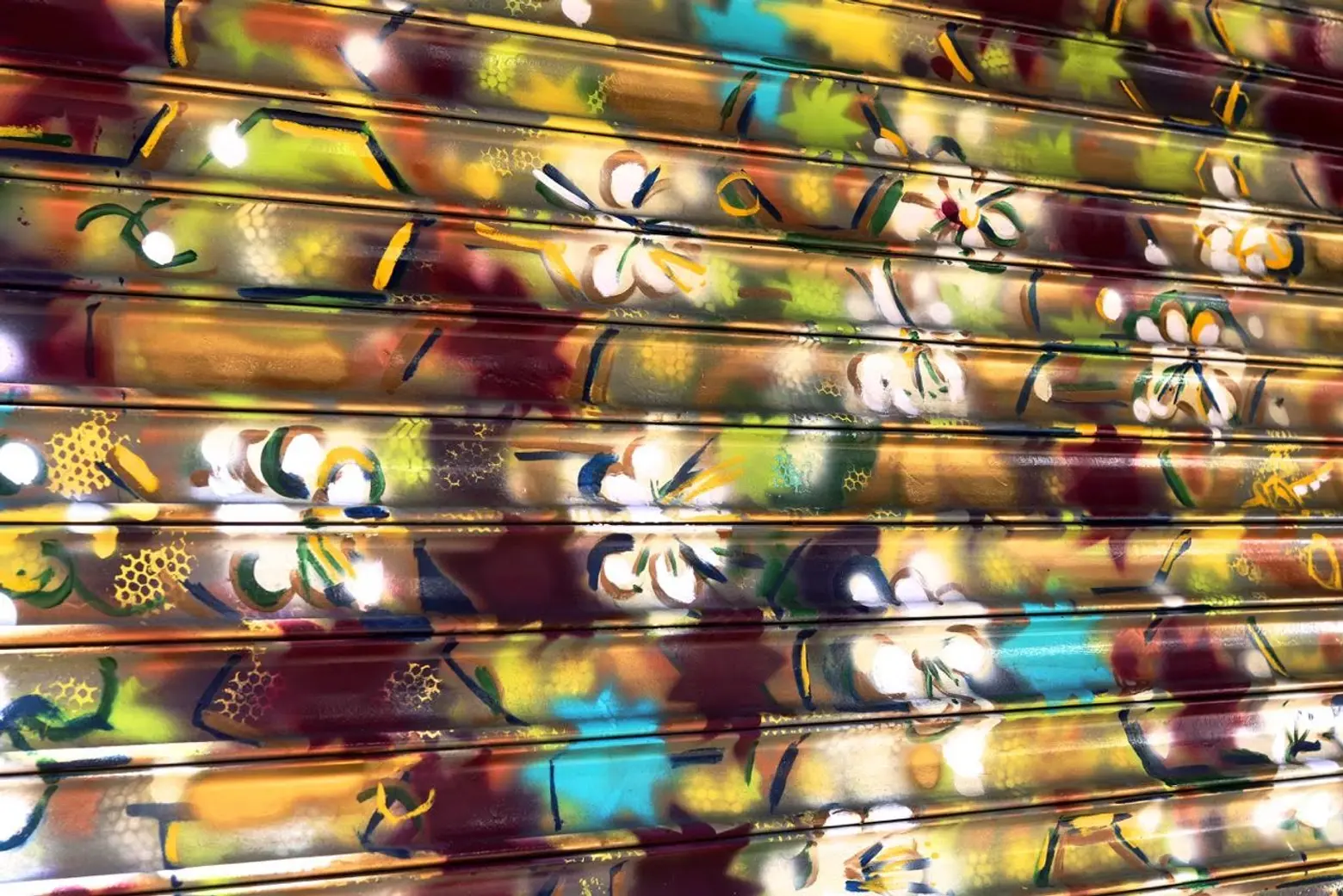 34 Canal Street. Artwork by Joan Di Lieto
34 Canal Street. Artwork by Joan Di Lieto
What has the neighborhood’s response been to this project?
It’s been really positive. I even hear people talking about it as I’m walking by. Every time I walk by one of the gates when they are down, people are taking a photo or stopping and admiring it. Every morning I wake up and look at #100GATESProject to see how many more posts have gone up overnight. What’s great is there’s been a domino effect in terms of interest from the business owners. It was a little more difficult to get them on board without a tangible installation to show them. Now that they are seeing artwork come up on their neighbors, people are a lot more excited and eager to get involved. It’s really nice to see people embracing it.
Do you think 100 GATES will expand to other neighborhoods, or inspire similar projects?
This is definitely a pilot. We’re seeing what works and what doesn’t work. We would love for this to become an instruction manual for how it can be replicated in cities globally. Once you get the hang of how it works, all the spokes on the week keep moving forward.
 Forgtmenot @ 138 Division Street.Artwork by Billy Rohan
Forgtmenot @ 138 Division Street.Artwork by Billy Rohan
What does helping beautify the Lower East Side mean to you?
For a space to be successfully reimagined and installed is what’s so exciting for me. I think about someone having a sour day or waking up on the wrong side of the bed, and then happening by chance to walk a certain way and being able to experience something by chance that they are not necessarily expecting, and having that brighten up their day. That excites me the most.
+++
More from 100 GATES can be found here.
The Lower East Side Business Improvement District is hosting a tour of the gates with the Municipal Art Society called “Art After Dark: 100 Gates Project on the Lower East Side” on September 24th. For more information, click here.
[This interview has been edited. All images courtesy of 100 Gates]
RELATED:
- New Yorker Spotlight: Al Diaz on NYC Street Art and Working with Jean-Michel Basquiat
- VIDEO: Visit the Wonderfully Weird Lower East Side of 1995
- Mapping the Evolution of the Lower East Side Through a Jewish Lens, 1880-2014
Interested in similar content?
Leave a reply
Your email address will not be published.
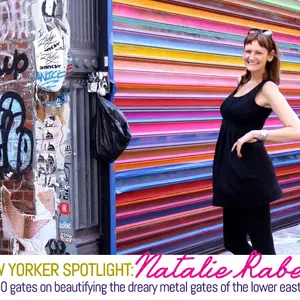
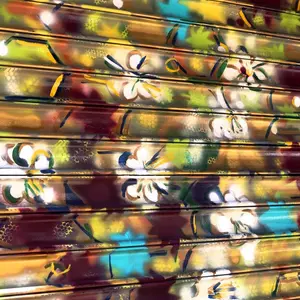
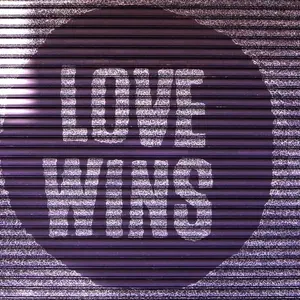







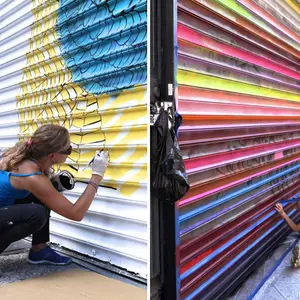
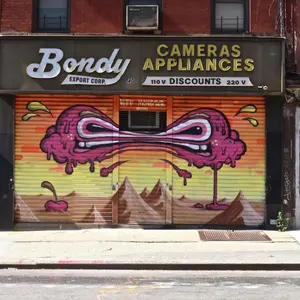
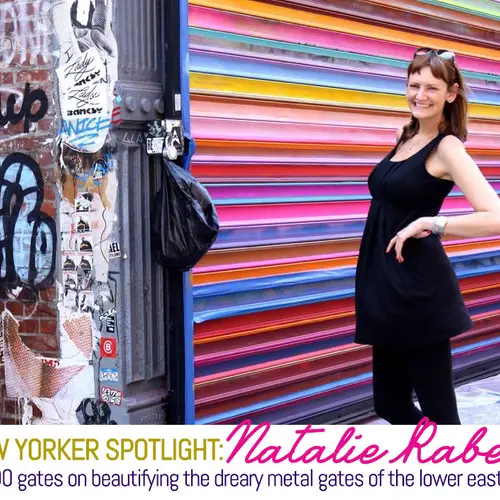
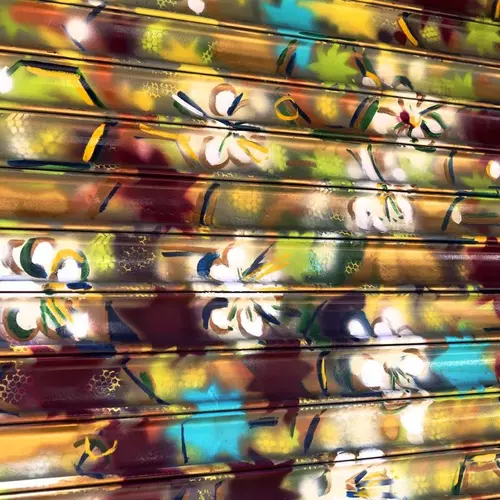
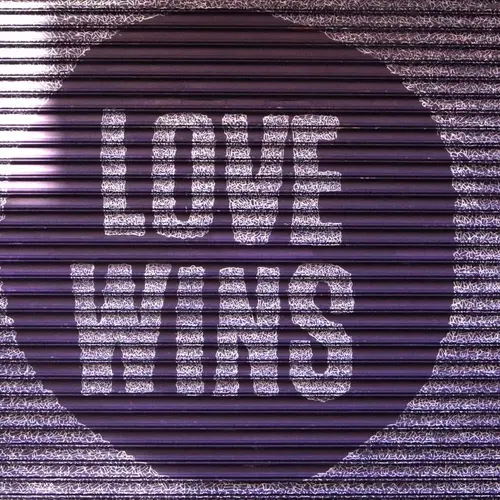







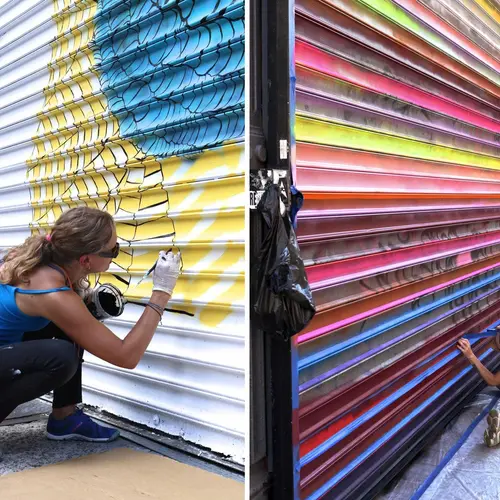
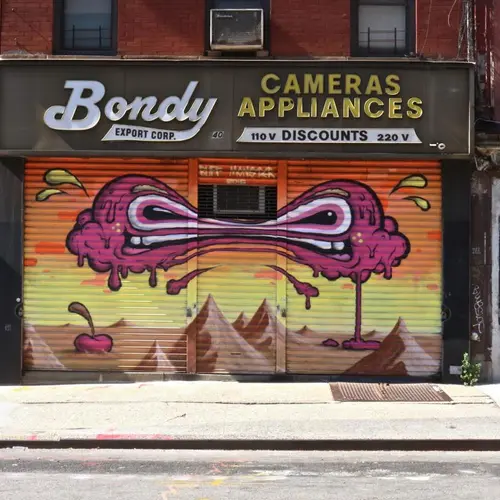
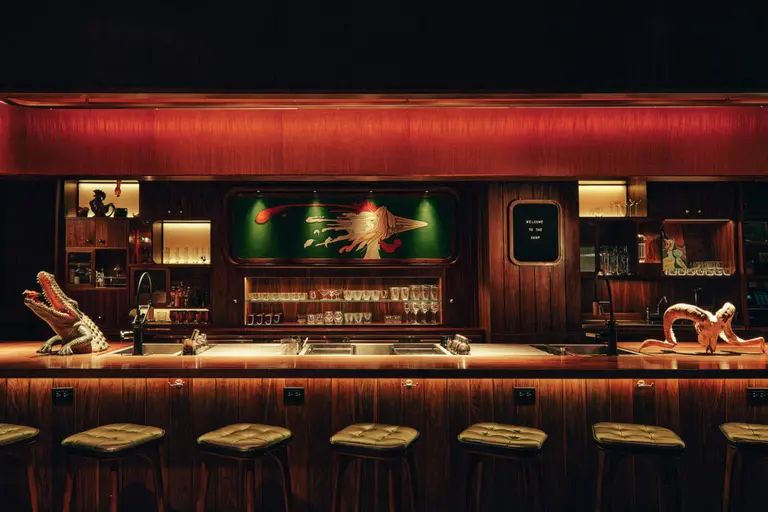
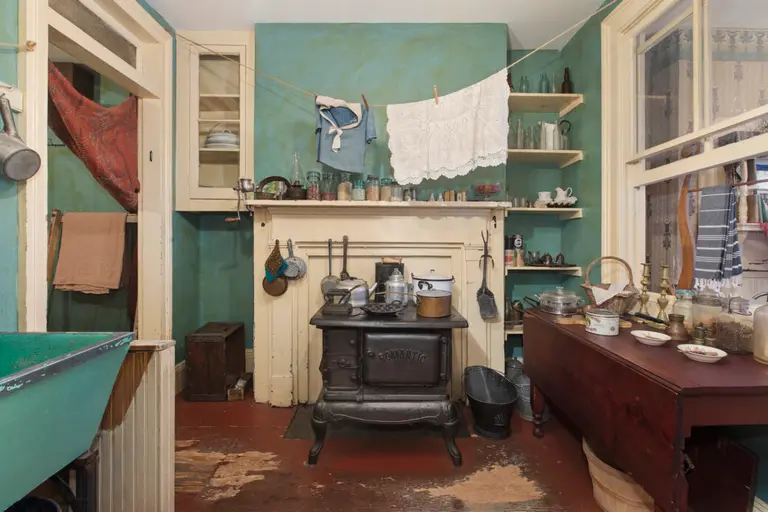
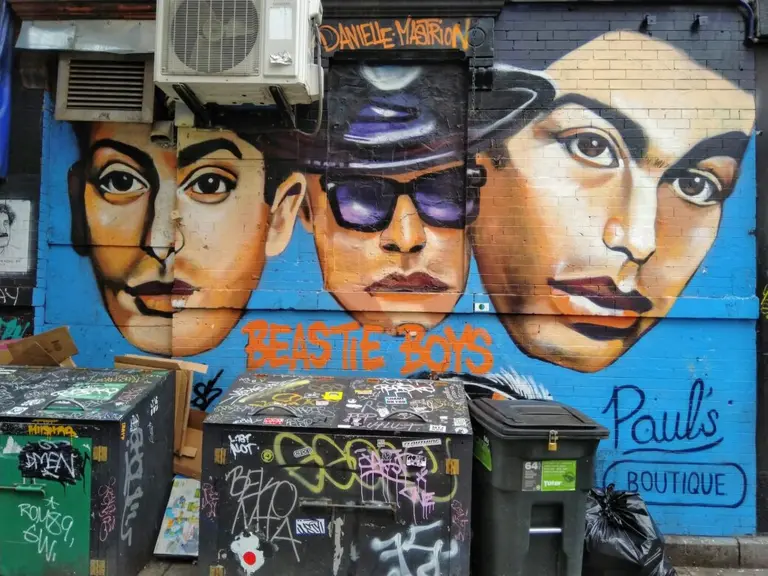
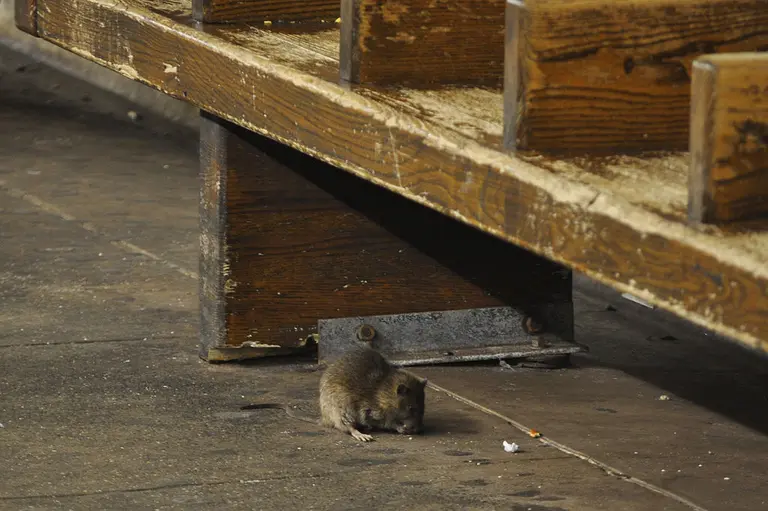
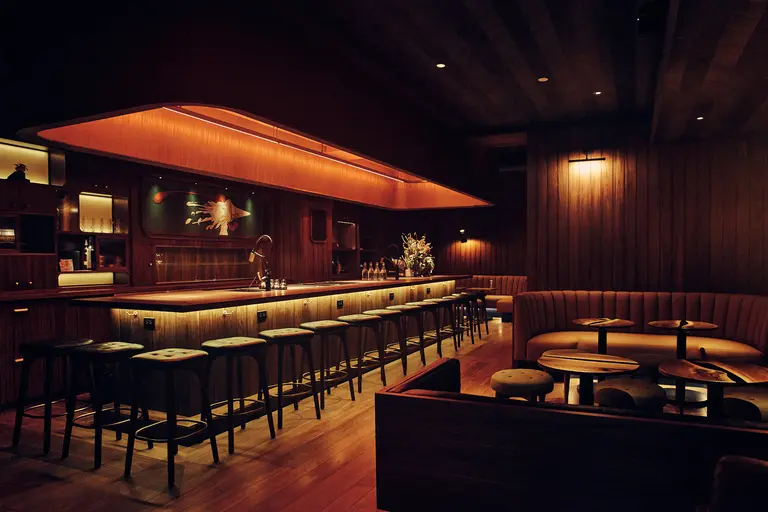
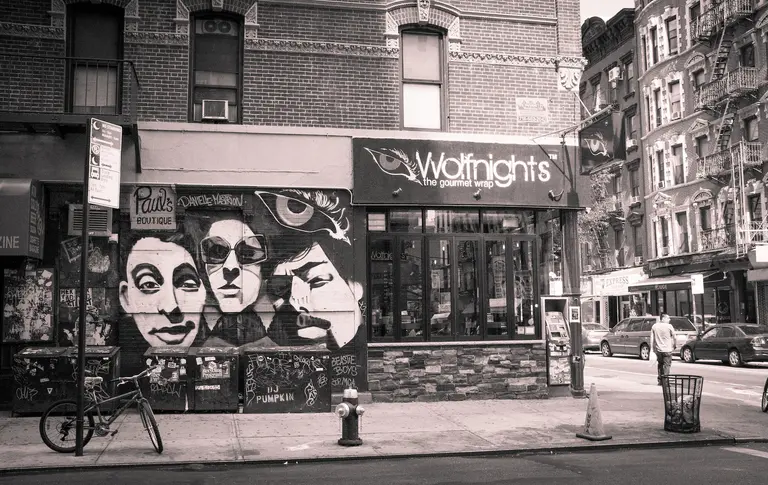




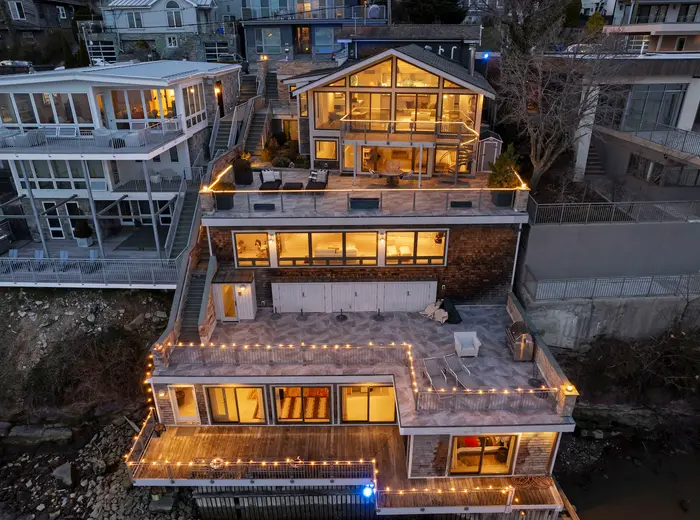
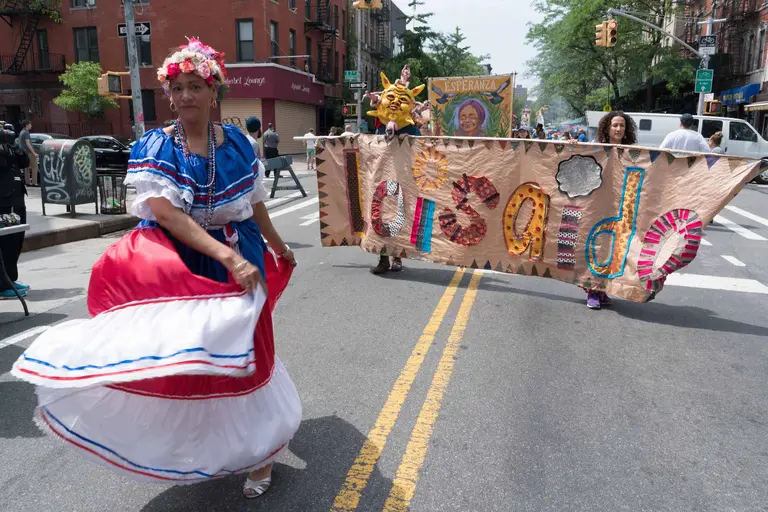
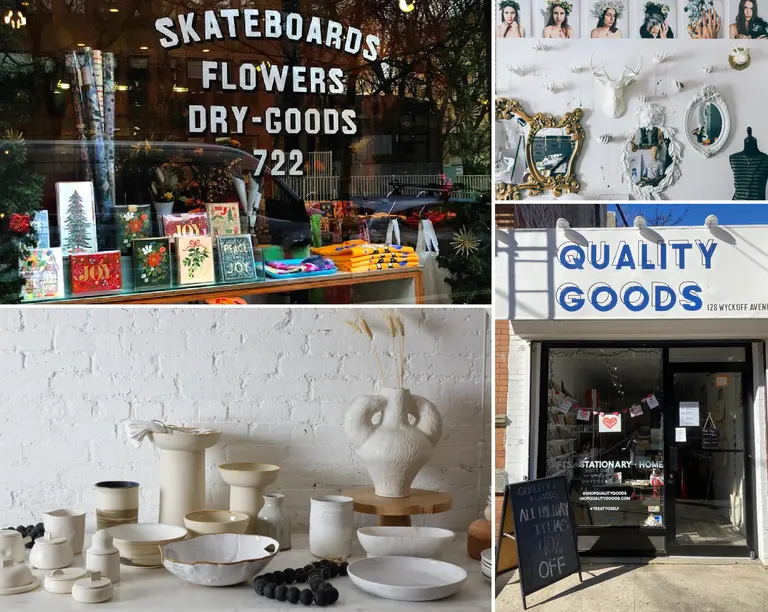
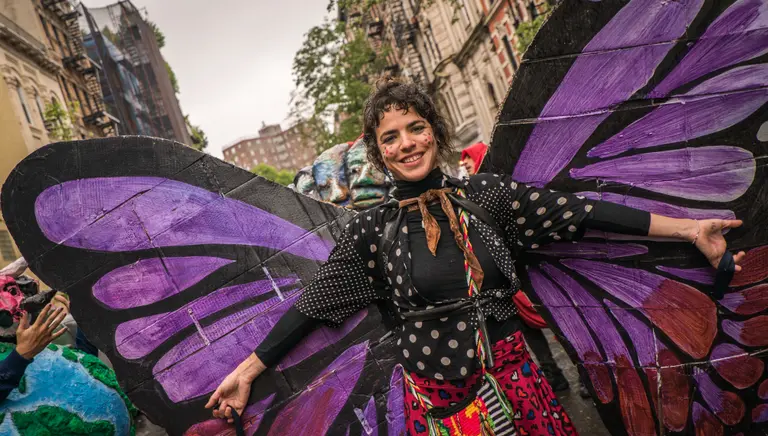
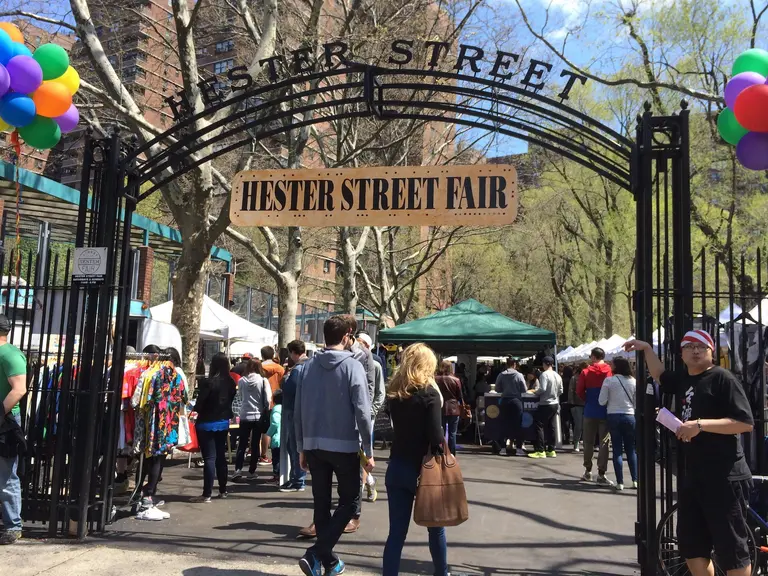
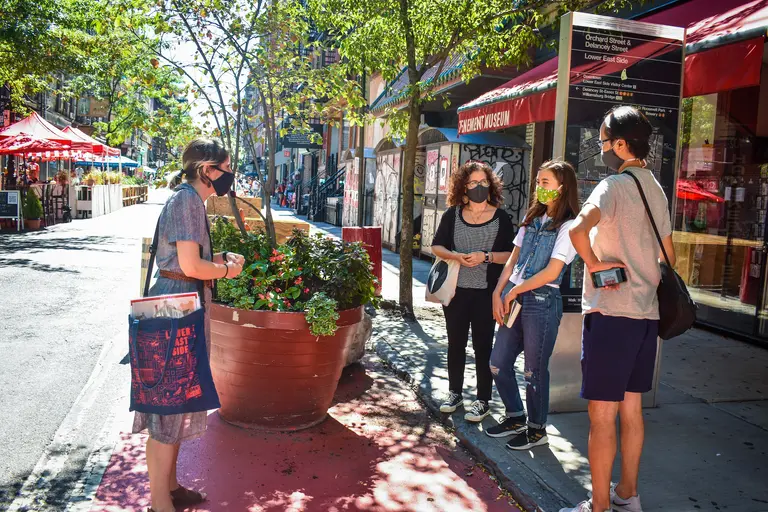
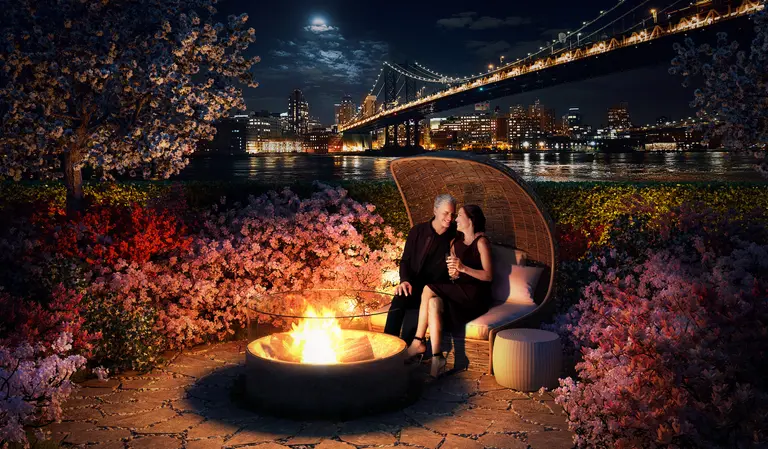












great interview. this project is such a brilliant idea!